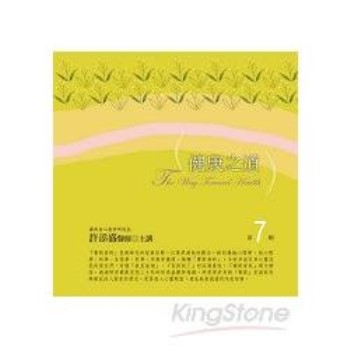Admiral Pride’s early interest in aviation was followed by enlistment in Naval Reserve for World War I in 1917, aviation training, and brief overseas duty in France. Pride augmented to the regular Navy in 1921, later becoming one of the first flag officers who was not a Naval Academy graduate. He served in the scout plane detachment of the battleship USS Arizona (BB-39) in 1920 and then joined the commissioning crew of the first carrier USS Langley (CV-1) as one of her aviators. Pride describes in some detail his work in developing flight deck arresting gear. In 1927 he was in the commissioning crew of the USS Lexington (CV-2) and made the first landing aboard. As a test pilot, he flew a number of experimental planes and made the first autogiro landing on carrier deck. He suffered a serious injury in a plane crash, nearly ending his career. He served in Bureau of Aeronautics and in patrol plane operations with Marc Mitscher. Pride was exec of the the USS Saratoga (CV-3) at the outbreak of World War II and then put the light carrier USS Belleau Wood (CVL-24) in commission as the first skipper and took her to combat in Pacific. He served with Kelly Turner in amphibious air support at the end of the Pacific War. In the late 1940s and early 1950s, Pride commanded carrier divisions in the Sixth Fleet, sandwiched between a tour as Chief of Bureau of Aeronautics. The BuAer period is covered in some detail Pride’s oral history as he talks about the aircraft acquisition process and various manufacturers with whom he dealt. His career wound up with tours as Commander Naval Air Test Center, Commander Seventh Fleet, and Commander Air Force Pacific. As fleet commander he had dealings with the Japanese and Nationalist Chinese.
| FindBook |
有 1 項符合
Reminiscences of Adm. Alfred M. Pride, USN (Ret.)的圖書 |
 |
Reminiscences of Adm. Alfred M. Pride, USN (Ret.) 作者:Pride 出版社:US Naval Institute Press 出版日期:2015-09-08 語言:英文 規格:精裝 / 270頁 / 27.94 x 21.59 x 1.6 cm / 普通級/ 初版 |
| 圖書館借閱 |
| 國家圖書館 | 全國圖書書目資訊網 | 國立公共資訊圖書館 | 電子書服務平台 | MetaCat 跨館整合查詢 |
| 臺北市立圖書館 | 新北市立圖書館 | 基隆市公共圖書館 | 桃園市立圖書館 | 新竹縣公共圖書館 |
| 苗栗縣立圖書館 | 臺中市立圖書館 | 彰化縣公共圖書館 | 南投縣文化局 | 雲林縣公共圖書館 |
| 嘉義縣圖書館 | 臺南市立圖書館 | 高雄市立圖書館 | 屏東縣公共圖書館 | 宜蘭縣公共圖書館 |
| 花蓮縣文化局 | 臺東縣文化處 |
|
|
圖書介紹 - 資料來源:博客來 評分:
圖書名稱:Reminiscences of Adm. Alfred M. Pride, USN (Ret.)
|










